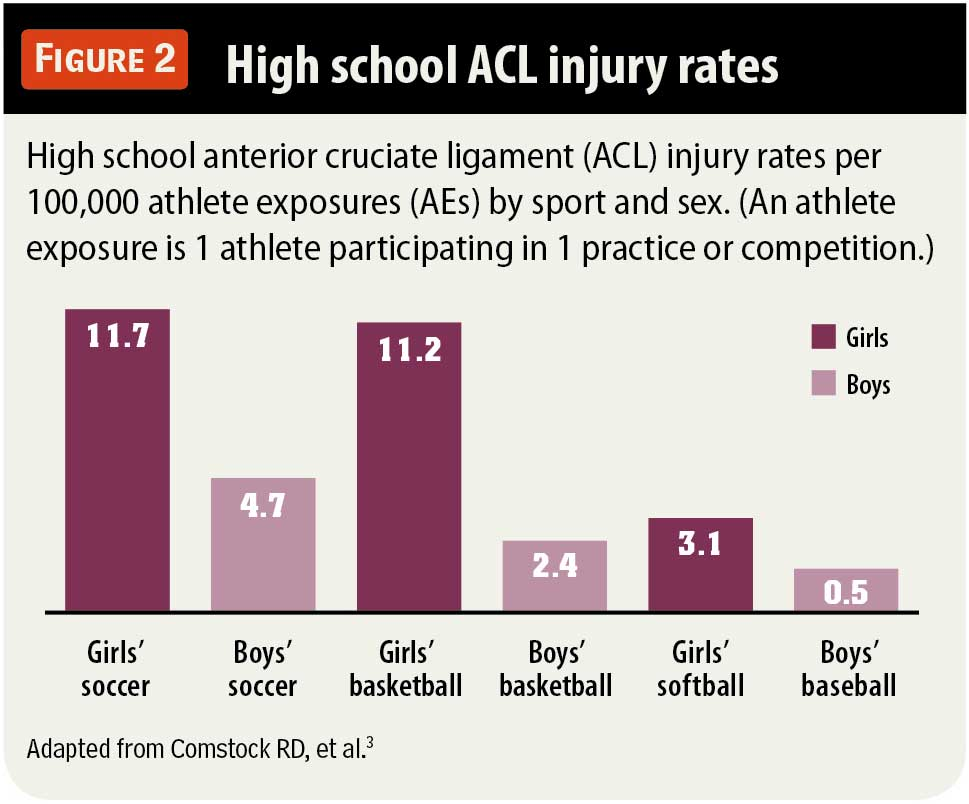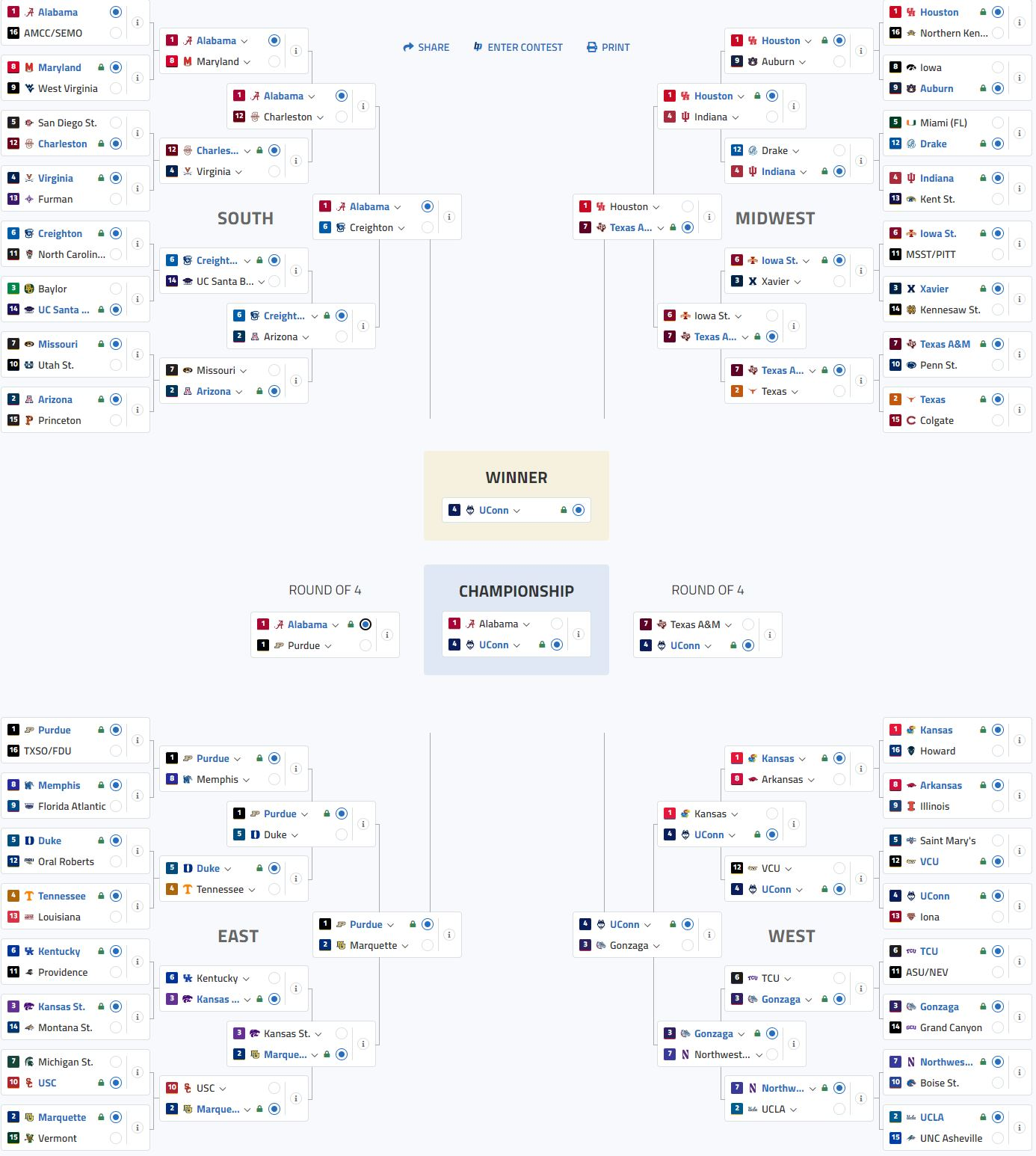ACL injury rates among women athletes have become a significant concern in the world of sports science, particularly as these injuries disproportionately affect female competitors compared to their male counterparts. Recent research has shed light on the causes behind these concerning statistics, ultimately revealing that traditional understandings of ACL injuries may overlook key social factors influencing injury prevalence. While biological differences have often been cited as the primary explanation for this disparity, emerging studies emphasize the importance of examining injury prevention strategies that consider the full scope of women’s participation in sports. Factors such as team size, training frequency, and resource allocation can greatly impact the likelihood of sustaining an ACL injury among women athletes. Thus, addressing these factors could lead to improved outcomes and more effective injury prevention measures, ensuring the safety and performance of female athletes worldwide.
The discussion surrounding anterior cruciate ligament (ACL) injuries in female sports participants has garnered increased attention in recent years, prompting a closer examination of gender differences in athletic injuries. Alternative terms often associated with this subject include female athlete injury prevalence, the biomechanics of women athletes in sports, and injury risks in competitive environments. By focusing on how the unique dynamics of women athletes’ sports can contribute to higher injury rates, we can better understand the intricate relationship between societal structures and athletic performance. This includes analyzing the disparity in resources, training conditions, and exposure to competition among female participants, which may all play critical roles in shaping injury outcomes. As research unfolds, it is essential to consider these variables to advance effective strategies for ACL injury prevention and foster a more equitable playing field for women in athletics.
Understanding ACL Injury Rates in Women Athletes
ACL injuries have become a significant concern in the realm of women’s sports, with recent studies highlighting the disturbing trend of higher injury rates among female athletes compared to their male counterparts. Understanding these rates requires a multifaceted approach, looking beyond simplistic notions of biology. Research suggests that social factors play a crucial role in these disparities. Unlike the male athletes who often benefit from larger team sizes and more extensive training resources, women athletes frequently compete in smaller teams and are more susceptible to injury due to less comprehensive training regimens.
Furthermore, studies reviewed by the GenderSci Lab indicate that the average rate of ACL injuries in women is approximately 1.7 times that of men. The common measurement metric of athlete-exposure, which often considers only the number of athletes on a team and the number of games played, fails to take crucial factors into account, such as individual player training sessions. Women’s teams, often with fewer players, may have lower overall practice time, thereby increasing injury risk during games when competitive intensity skyrockets.
Frequently Asked Questions
What are the ACL injury rates among women athletes compared to men?
Research indicates that ACL injury rates are significantly higher among women athletes, with studies showing female athletes experience about 1.7 times more ACL injuries than their male counterparts. This heightened risk is often attributed to a combination of biological factors and social dynamics in sports.
What factors contribute to the higher ACL injury rates in women athletes?
The higher ACL injury rates in women athletes can be linked to several factors including hormonal influences, anatomical differences, and significant social factors such as underinvestment in women’s sports, team sizes, and access to training and resources. These social dynamics can contribute to higher injury risks during competitive play.
How do social factors influence ACL injury rates in female athletes?
Social factors, such as the size of teams and practice frequency, can exacerbate ACL injury rates among women athletes. Smaller team sizes and less investment in training resources lead to increased exposure to competition for fewer players, heightening their risk of injuries compared to male athletes on larger teams.
What role does sports science play in understanding ACL injuries in women athletes?
Sports science plays a crucial role in understanding ACL injury rates among women athletes. Recent studies question traditional metrics, such as athlete-exposures, which may not accurately capture the risks faced by female athletes due to their unique social and training environments.
How can injury prevention strategies be improved for women athletes facing higher ACL injury rates?
Improving injury prevention strategies for women athletes requires a multifaceted approach. This includes accurate data collection on individual training and competition exposure, better access to physical training facilities, and creating equitable resources in women’s sports to enhance overall athlete preparedness and reduce injuries.
Are ACL injuries more prevalent in specific sports for women athletes?
Yes, ACL injuries are particularly prevalent in sports that require high-velocity movements and changes in direction, such as soccer, basketball, and gymnastics. Women athletes in these sports often exhibit different injury patterns due to both biological and social factors contributing to their risk.
What new research initiatives are addressing ACL injury rates among women athletes?
The GenderSci Lab has initiated the ‘Sex in Motion’ project, aiming to explore how sex-related factors interact with social influences to impact ACL injury rates among women athletes. This initiative seeks to provide a deeper understanding of gendered disparities in sports injuries.
| Aspect | Men’s Ice Hockey | Women’s Ice Hockey |
|---|---|---|
| Roster Size-based Athlete-Exposures (AEs) | 28 | 25 |
| Participant-based AEs | 19 | 17 |
| Player-hours | 6 | 6 |
| Injury Rate per 100 Roster-based AEs | 3.6 | 4.0 |
| Injury Rate per 100 Participant-based AEs | 5.3 | 5.9 |
| Injury Rate per 100 Player-hours | 16.7 | 16.7 |
| Injury Risk per Team Member | 0.036 | 0.040 |
| Injury Risk per Participant | 0.053 | 0.059 |
Summary
ACL injury rates among women athletes are notably higher due to a combination of social and biological factors rather than biological differences alone. It’s essential to understand that the higher rates of ACL injuries in women are influenced significantly by team sizes, competitive exposure, and underinvestment in women’s sports. Recent research emphasizes the need for more accurate metrics and data that reflect individual player conditions and environments, which can help identify interventions and improve athletes’ safety.




